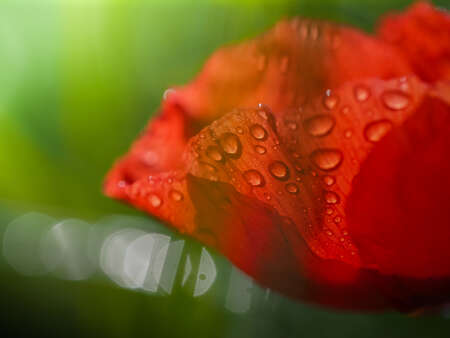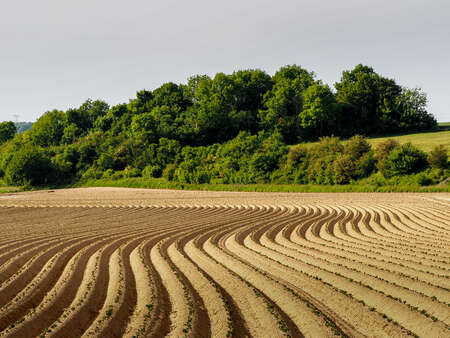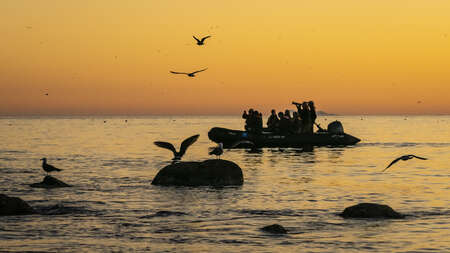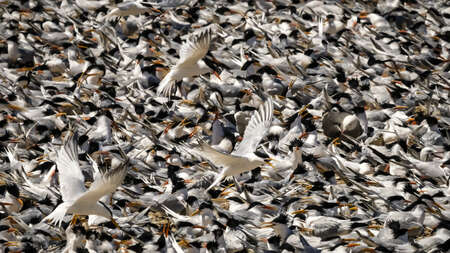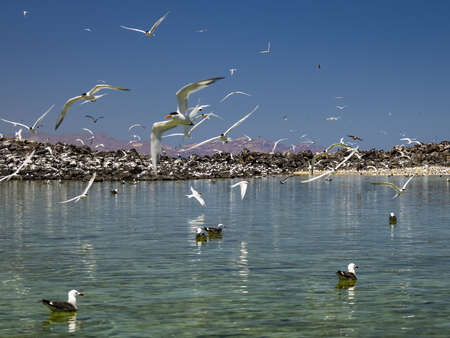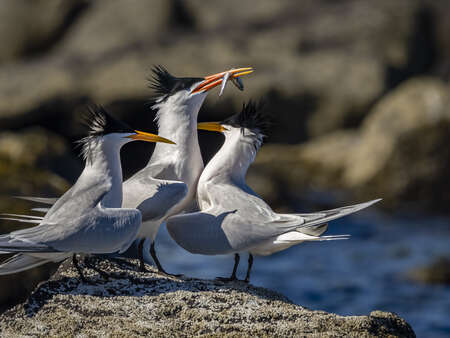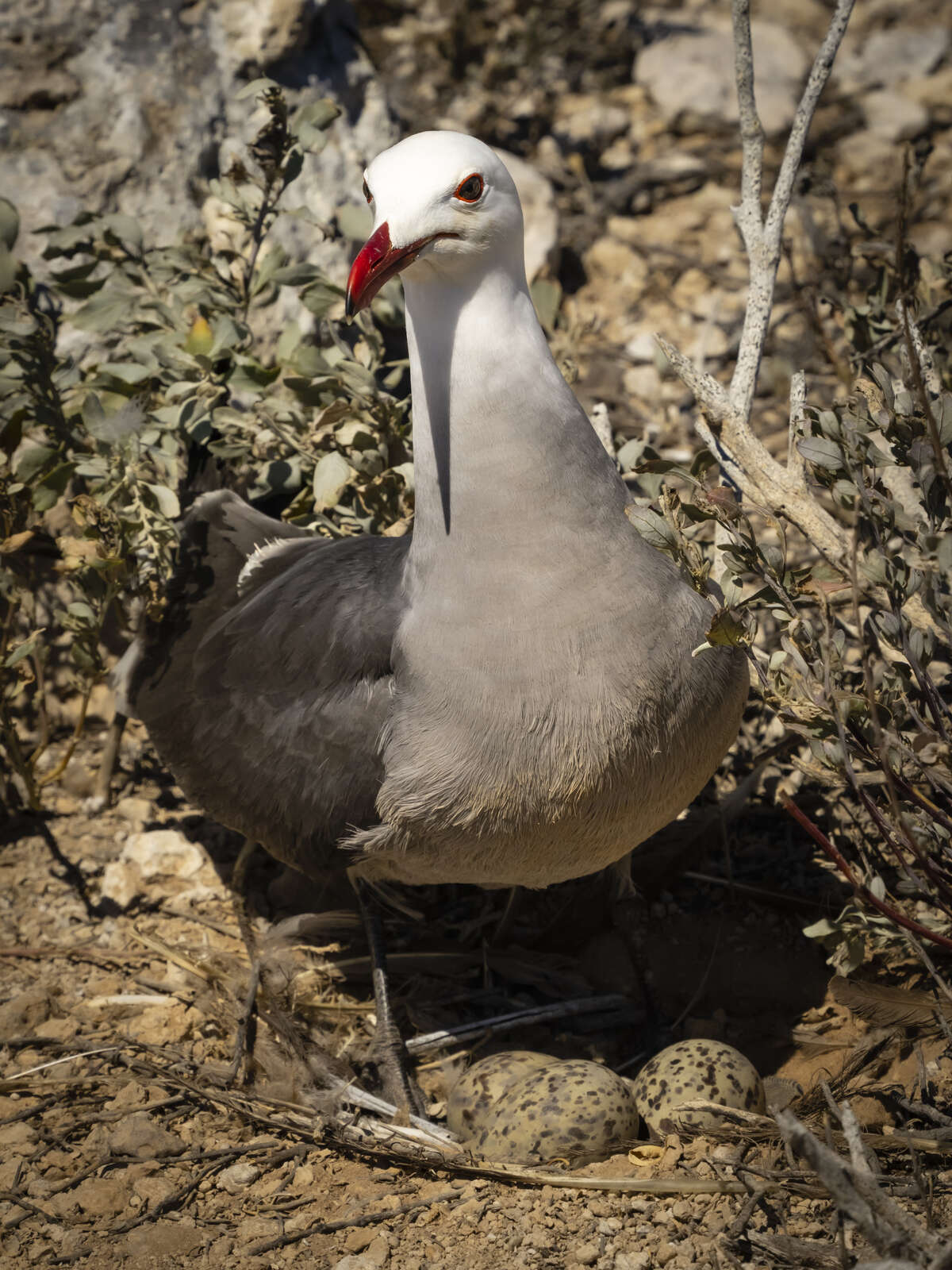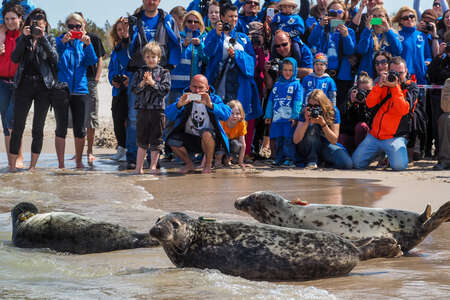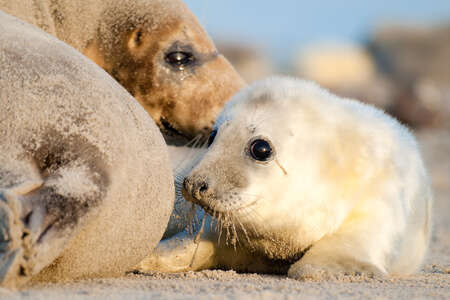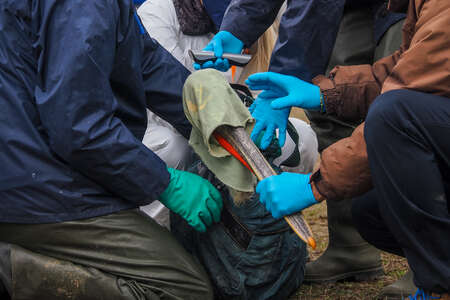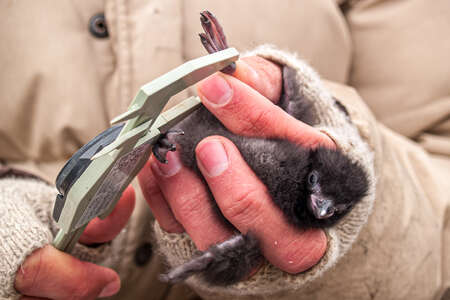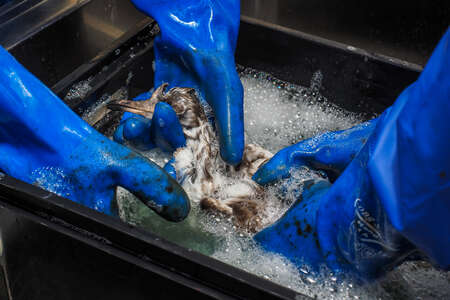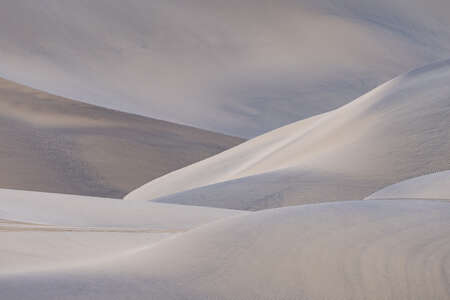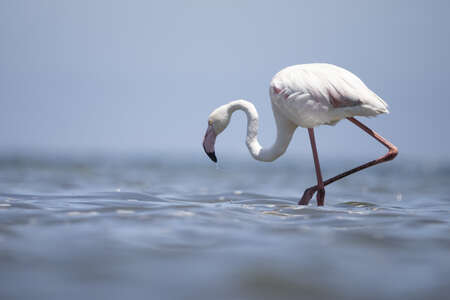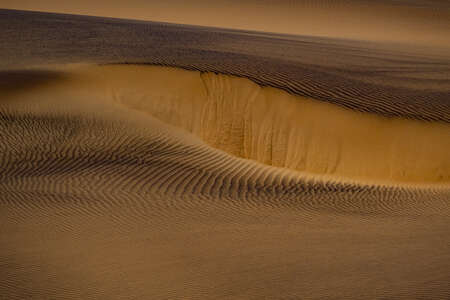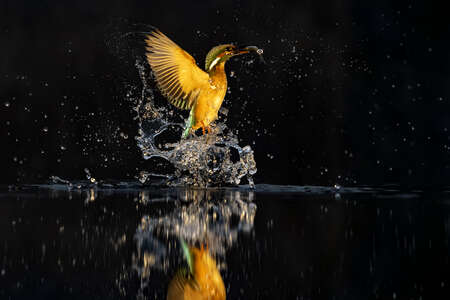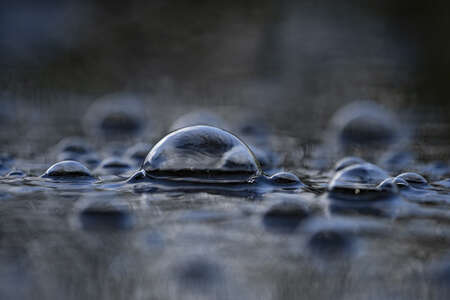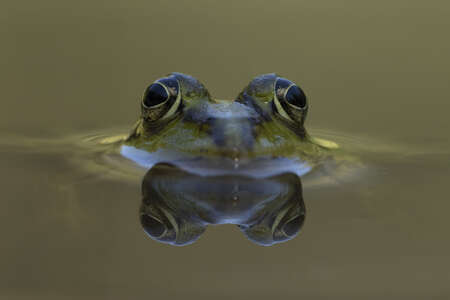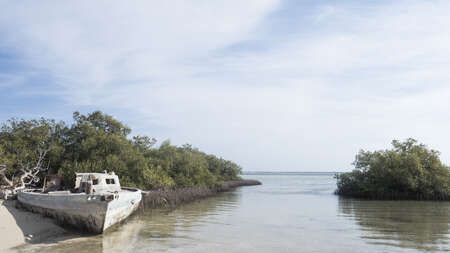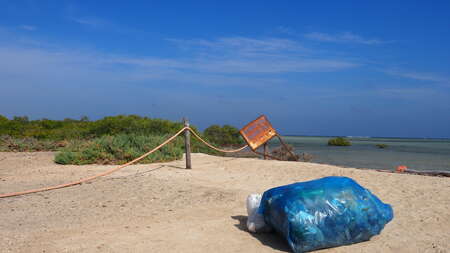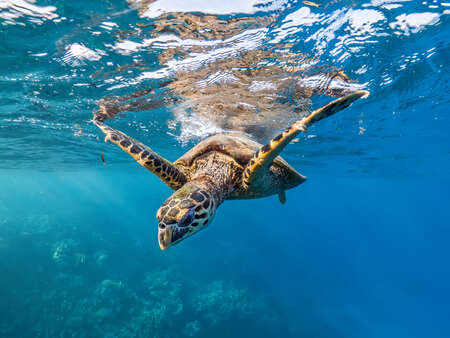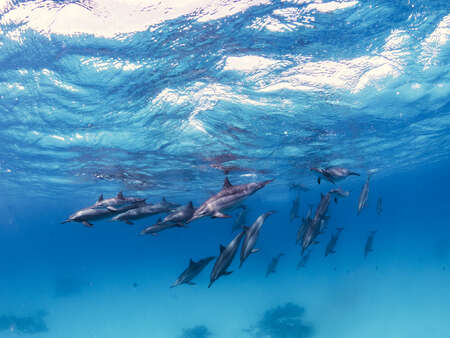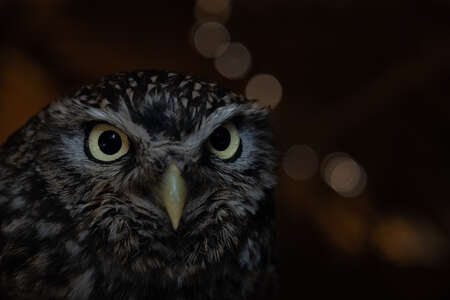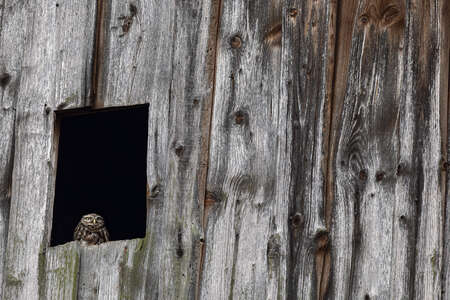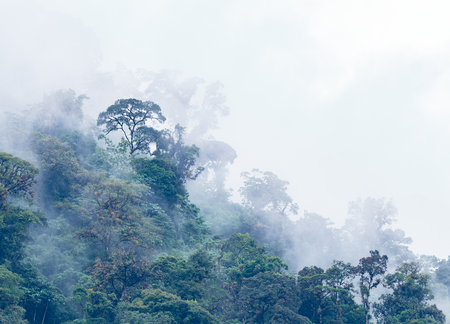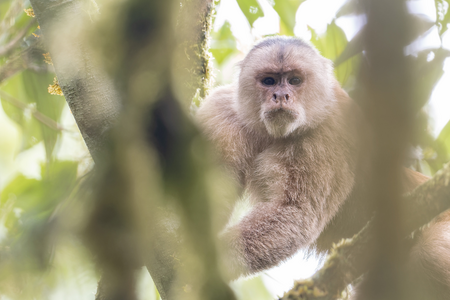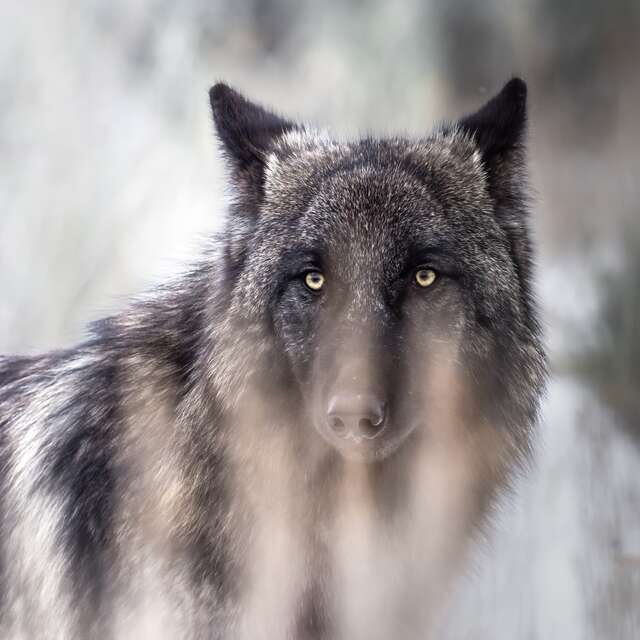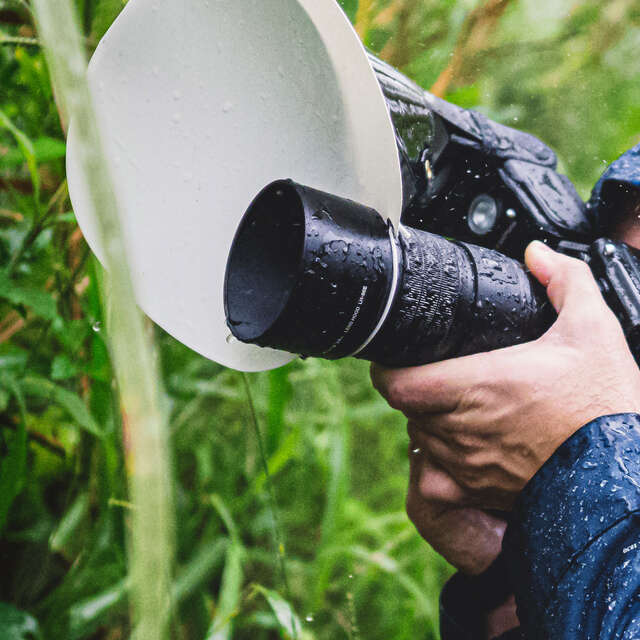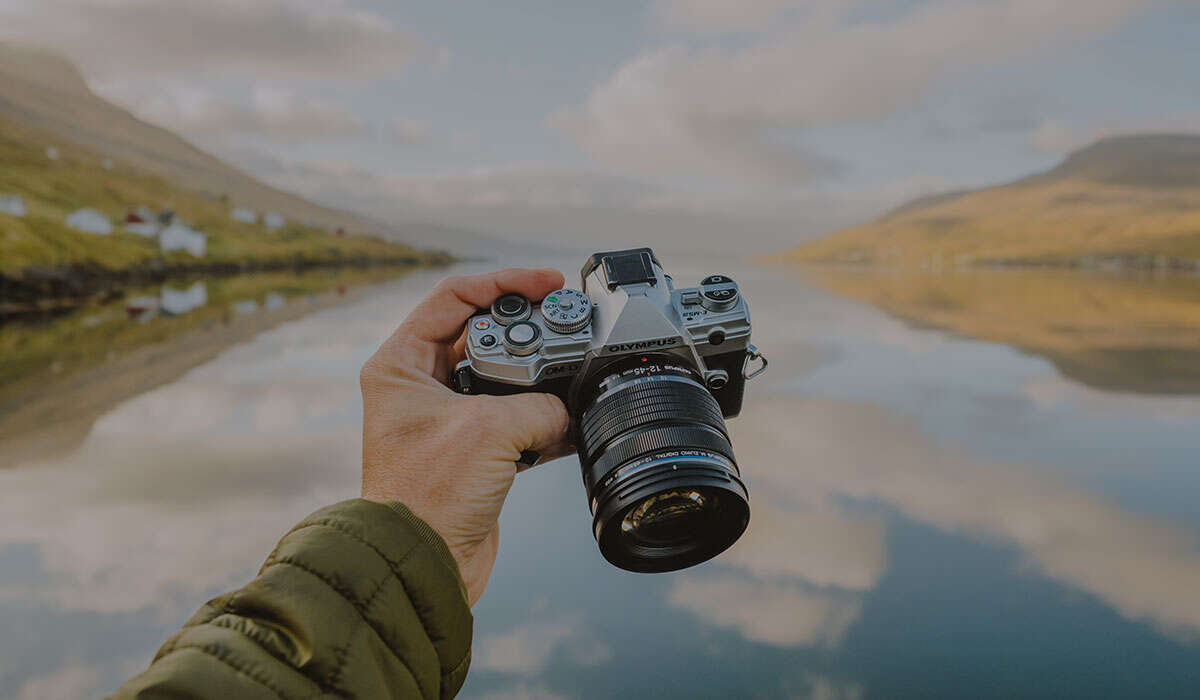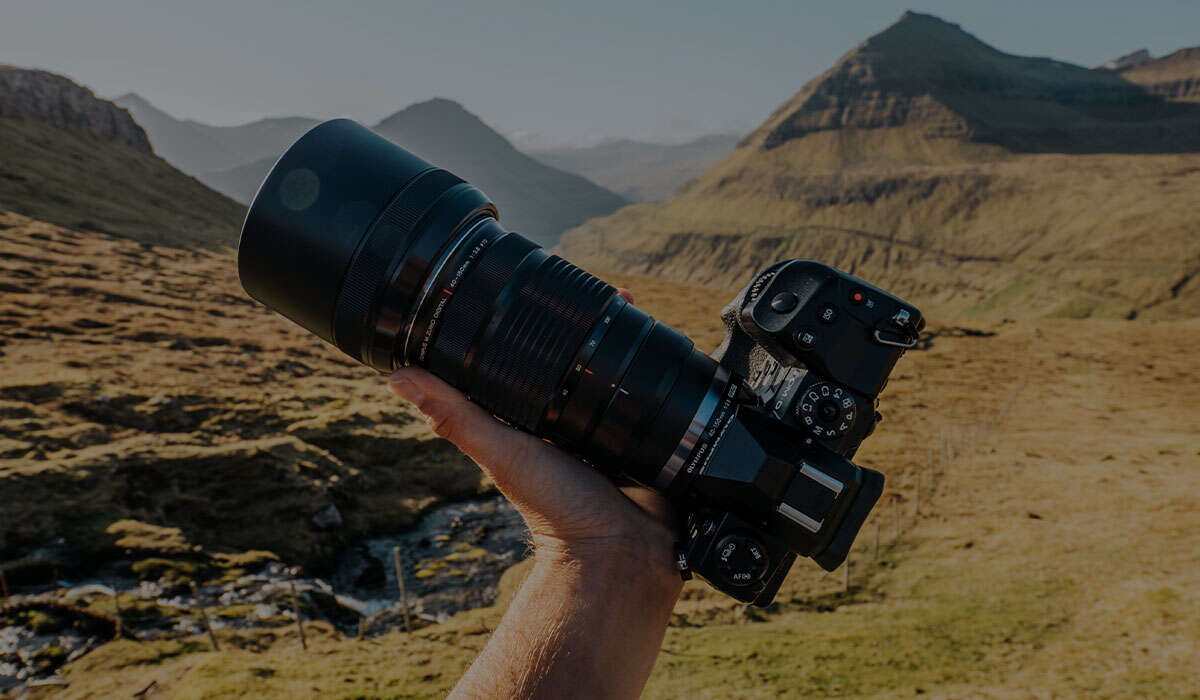As a landscape architect, I am constantly in touch with this theme of environmental protection
As early as 2000, I was already training local elected representatives on Agenda 21, which will become a sustainable development. My concept is to reveal the riches of our ordinary landscapes. Unfortunately, protection is no longer enough, it is also necessary to repair, develop and structure spaces so that they can find viable and autonomous ecosystems. Since the age of 12, I plant, I create hedges, massifs, eco-developments on a private family territory, in order to recreate life. These experiments now allow me to design projects "that attract birds and insects" to my clients in France, Belgium and Switzerland. The presence of a pony on my territory allows me to bring dung, which attracts insects and therefore birds and therefore photographers who like to photograph birds. I created a drink station so that water is available to wildlife 360 days a year and I plant the essences of fruit shrubs for their appetite. The development of river banks is also very interesting to increase fauna and flora. The creation of ecosystems (self-managed massif) makes it possible to accommodate bird species that are unusual because they are fragile or specific to a particular biotope. These are the gifts to my efforts and my investments!
Connect François Drouvin
Instagram: @francoisdrouvin_photographe
Dispatch from the Field: Celebrating Isla Rasa, Mexico’s Bird Island in the Sea of Cortés
As Earth Day approaches, exploring Baja California and the Sea of Cortés brings me full circle. Known as the Gulf of California, this is where the Sonoran Desert meets one of the most diverse seas on our planet. This is also where I made my first expedition south of the border on a sailing trip during my graduate school days. Today, now four decades later, I return armed with the latest OM camera gear for an expedition on board the National Geographic Venture. Sailing north among the Midriff Islands, our mission this morning is to explore and photograph the seabirds that nest each spring on Isla Rasa. The glow on the horizon promised for a colorful sunrise. We could hear the raucous sounds of the birds as we launched our inflatable Zodiacs to explore. Surrounded by the biologically productive upwelling waters of the Gulf, this isolated bird island is unique in the world as the primary nesting location for both Elegant Terns and Heermann’s Gulls. Painted white by guano over the centuries, the island is a prime example where conservation and restoration efforts have yielded amazing results.
Decimated during an era of guano mining and egg collecting in the late 1800’s, land protection and a long-term project spearheaded by Enriqueta Velarde with the University of Veracruz successfully eradicated introduced species to a productive environment for the birds. Today, more than a half million birds return to the island each year to lay eggs and raise their chicks. Given the chance, nature rebounds. Visiting the remote bird island of Isla Rasa is a very special photographic opportunity. Photographing birds from a moving boat is a challenge, even for the most experienced photographers. Luckily, the image stabilization and tracking features of the OM-1 ups the odds for success. Paired with the 150-400mm super telephoto, I shoot in Manual Mode with ISO set to Auto. This allows me to control both the aperture and shutter speed with ISO as the variable. A fast shutter speed of at least 1/2000 second is necessary to capture sharp images. Back on board editing my images I’m filled with gratitude for the opportunity to once again visit Isla Rasa, an important conservation success story that offers hope. The blizzard of flying birds is one of the greatest spectacles in nature. Being here to witness their return more than forty years after my first expedition, brings back fond memories of many magical moments exploring these protected remote islands within the Gulf Islands UNESCO World Heritage Site.
Connect with Ralph Lee Hopkins
Instagram: @ralphleehopkins
Most of my projects for National Geographic Polska focus on nature photography
During my preparation and work in the field, i often establish cooperation with organizations dealing with environmental protection. Thanks to this, i can not only observe their work and the effects of their activities, but also talk about in my publications.
However, I cannot remain indifferent to the problems our world is facing. Wherever possible, I try to help people who are fighting to save our planet. I support their activities with my photographs and i a involved in various projects. I assisted in many studies, stocktaking and ringing of seals and birds. i also participated in an international training on cleaning animals during oil spill. i hope that I will never have to use the knowledge i have gained about oil contamination, but I know that if I have the opportunity to help save animals, i will participate in this type of action not as a photographer, but as a person to participate in the rescue operation.
Connect with Marcin Dobas
Instagram: @marcindobas
Water is Life
Where there is no water, life dies. Water protection is one of the most important tasks in nature conservation. It not only ensures the survival of animals and plants, it is a prerequisite for clean drinking water. More than 2.1 billion people do not have direct or immediately available access to clean drinking water, of which 850 million people do not even have access to clean drinking water.
Two-thirds of our planet is covered by water, but just over 0.3% of that is usable freshwater. Due to global warming, the living conditions for humans and nature are changing dramatically. Vegetation zones can change and thus lead to an unprecedented extinction of species. Water is an indispensable element in nature and plays a central role in many processes that enable life on our planet. Life would not be possible without water.
Connect with Paul Kornacker
Instagram: @kornackerpaul
The term "plastic soup" refers to the vast amount of plastic waste that has accumulated in the world's oceans
This is a significant problem because plastic is not biodegradable and can persist in the environment for hundreds or even thousands of years. As a result, plastic waste can harm marine life by entangling or suffocating animals, and by entering the food chain through ingestion. It can also impact human health by contaminating seafood and water supplies. In addition, plastic pollution can cause economic losses for industries that rely on the ocean, such as tourism and fishing. The plastic soup problem is compounded by the fact that much of the plastic waste in the ocean is broken down into small particles called microplastics, which can be ingested by even the tiniest marine organisms and can enter the food chain at multiple levels. These particles are so small that they can also enter the air we breathe, leading to potential health hazards.
Beach cleanups can be an effective way to help combat the plastic soup problem. When people come together to clean up beaches, they can remove significant amounts of plastic waste and other debris from the environment, preventing it from entering the ocean or being ingested by marine animals. In addition to the immediate benefits of removing plastic waste from the environment, beach cleanups can also help raise awareness about the plastic pollution problem and encourage people to adopt more sustainable behaviors in their daily lives. This can include reducing the use of single-use plastics, properly disposing of waste, and supporting policies that promote recycling and waste reduction. However, while beach cleanups can make a significant impact, they are not a complete solution to the plastic pollution problem. To truly address the issue, it is necessary to implement more comprehensive solutions, such as reducing plastic use, improving waste management practices, and promoting circular economy models that prioritize reuse and recycling.
Connect with Thomas Van Puymbroec
Instagram: @thomasvanpuymbroeck
Conservation and repatriation proyect of the Little Owl (Athene noctua)
In the past, it was the most widespread species of owl. Due to human activity, there are less than 100 pairs left in the Czech Republic. Currently I am filming a documentary about conservation and its repatriation to the wild with Zoo Plzeň and Czech Union of Nature Conservation Spálené Poříčí. Both of these institutions work to educate the public, point out the risks posed by human dwellings to this critically endangered synanthropic species, operate a rescue station, and release animals bred in human care into the wild, which they then monitor long-term using radio telemetry.
Connect with Vit Lukas
Instagram: @photolukasczvitlukas
For three months we have had the opportunity to live in the Llanganates Sangay Ecological Corridor
We were able to see first-hand the importance of this territory for biodiversity. This corridor is a transition zone between the Ecuadorian Andes and the Amazon that is home to a large number of animal and plant species, many of them endemic and endangered: Spectacled Bear, Andean Tapir and numerous species of amphibians, birds and insects, even pf species that are still being discovered today. This Corridor is the only connection between the Llanganates National Park and the Sangay National Park, and is crucial for the survival and crossbreeding of genes between the species and for the planet's biodiversity in general
We are grateful for having documented the biodiversity of this place and the work that WWF, local foundations, companies and individuals are doing to maintain this corridor and protect the life that inhabits it. We will continue to be linked to this project in the future and we hope that our images can contribute to the cause and make more people aware of the importance of conserving and protecting our planet.
Connect with Adrian Ordieres & Naia Pascual
Instagram: @adrian_ordieres @naia_pascual
